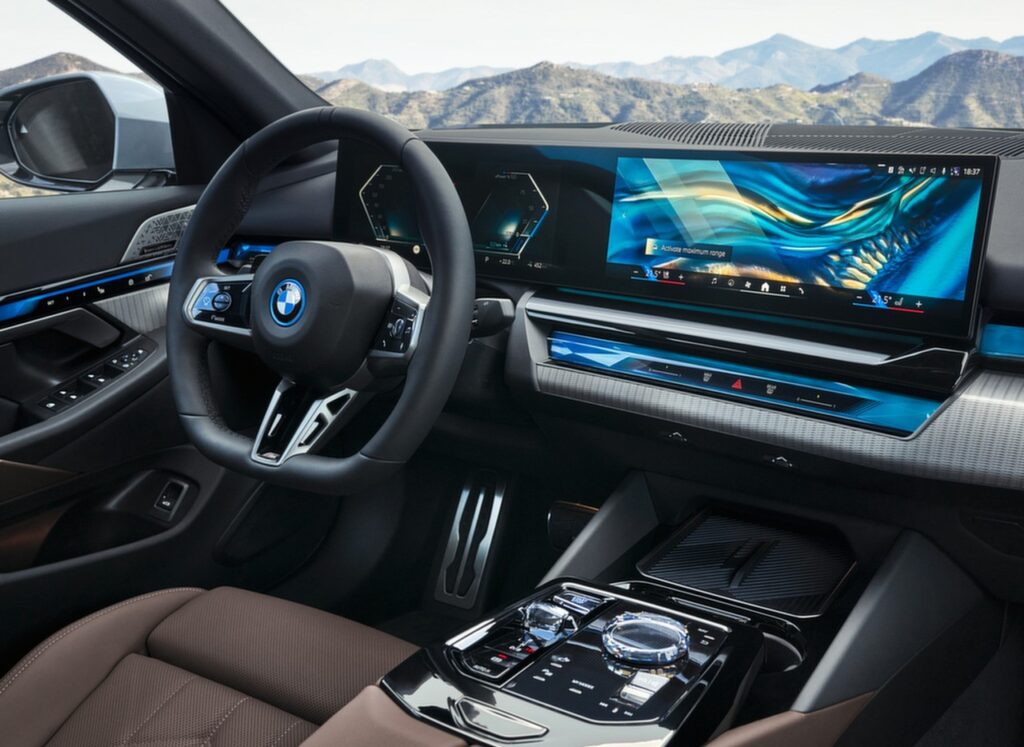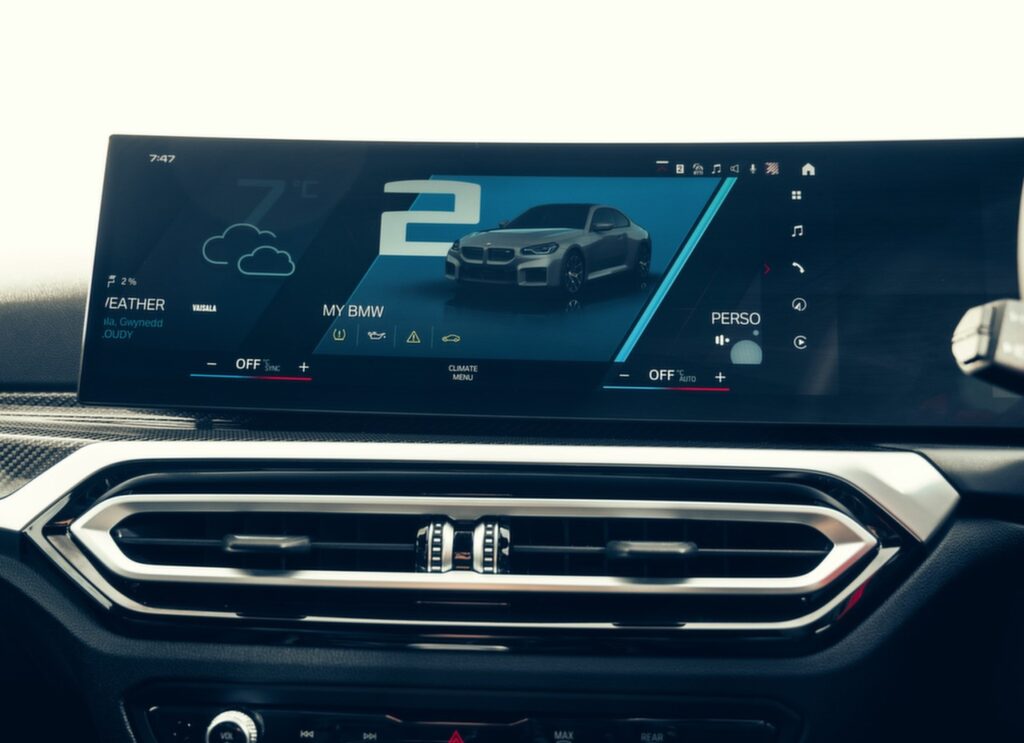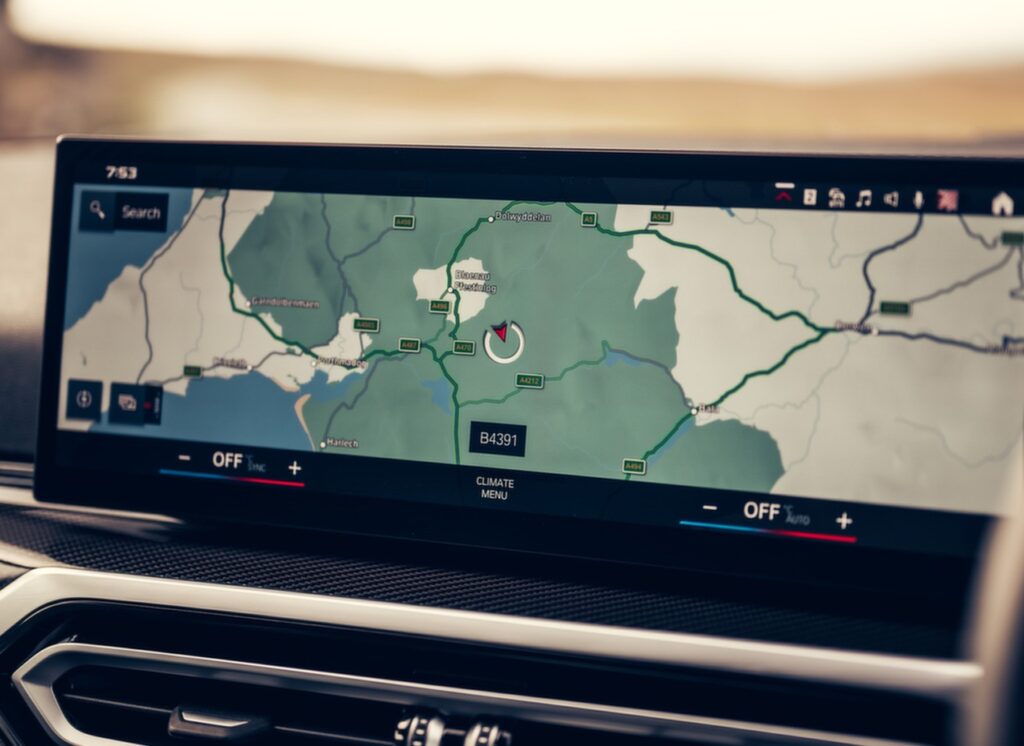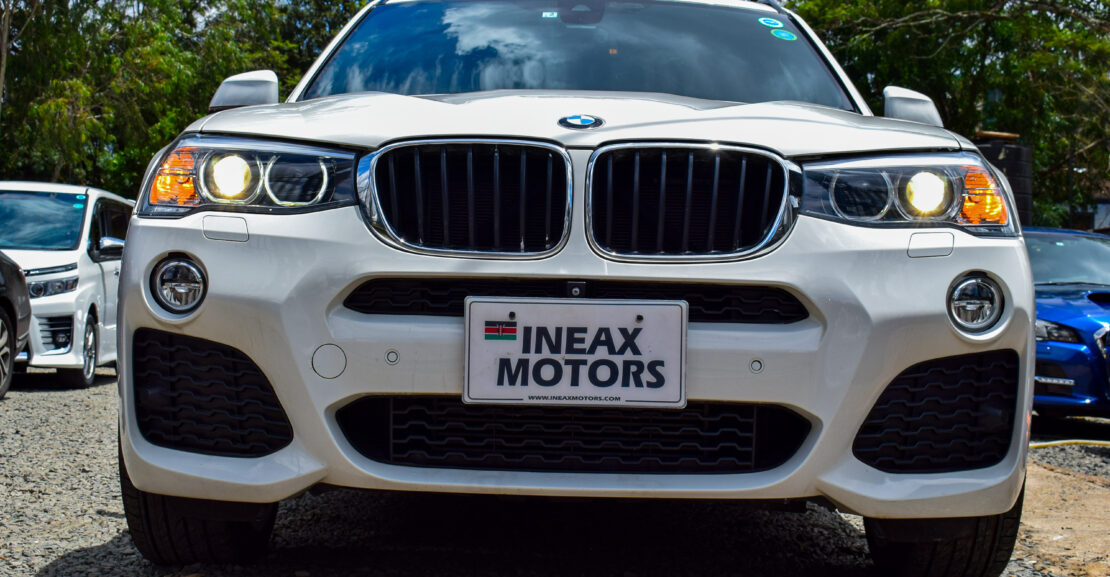In BMW’s marketing lexicon, a facelift is now referred to as a Life Cycle Impulse (LCI). Historically, LCIs primarily entailed aesthetic updates and subtle engine enhancements, but a paradigm shift has occurred in recent times. With the evolution from one generation of iDrive to another, substantial modifications are being introduced mid-way through a product’s life cycle. This shift signals a strategic move as the renowned Bavarian luxury brand intensifies its focus on technological advancements.

In a conversation with Wards Auto, Frank Weber, the head of Research and Development (R&D), declared the demise of the traditional facelift era. He emphasized the increasing significance of continuous technological enhancements, facilitated by the implementation of over-the-air (OTA) updates. This technological leap empowers BMW to enhance a car’s capabilities post-production, eliminating the need to await the next LCI. Weber anticipates a surge in the frequency of OTA updates in the future, indicating a departure from the conventional facelift approach.


According to Weber, it’s not merely a facelift; it’s a “techlift.” The convergence of digital connectivity and electric mobility has reshaped the trajectory of model progression. Over-the-air updates will become a routine practice, ushering in a new era for the automotive industry. Weber acknowledged the challenges of orchestrating these updates effectively.
Anticipating the arrival of the Neue Klasse Electric Vehicles (EVs) in 2025, BMW aims to showcase its most technologically advanced models to date. These next-gen vehicles will feature iDrive 10 (or potentially iDrive X) and a groundbreaking Panoramic Vision head-up display, spanning the width of the dashboard. BMW plans to extend this innovative display technology across its product range, not limited to Neue Klasse models.

As part of this technological evolution, BMW is discarding the traditional instrument cluster and iDrive controller in the upcoming generation of EVs. Weber clarified that this decision reflects a “refinement of operations” rather than a minimalist design philosophy. In a recent interview with BMWBLOG, Weber revealed the integration of haptic buttons on the steering wheel to control specific functions, highlighting the brand’s commitment to a seamless and advanced user experience.

